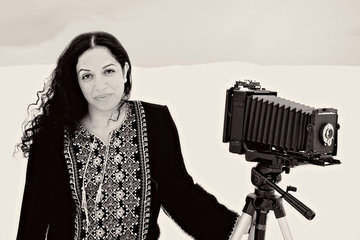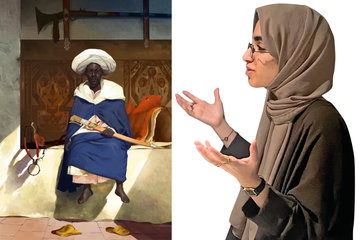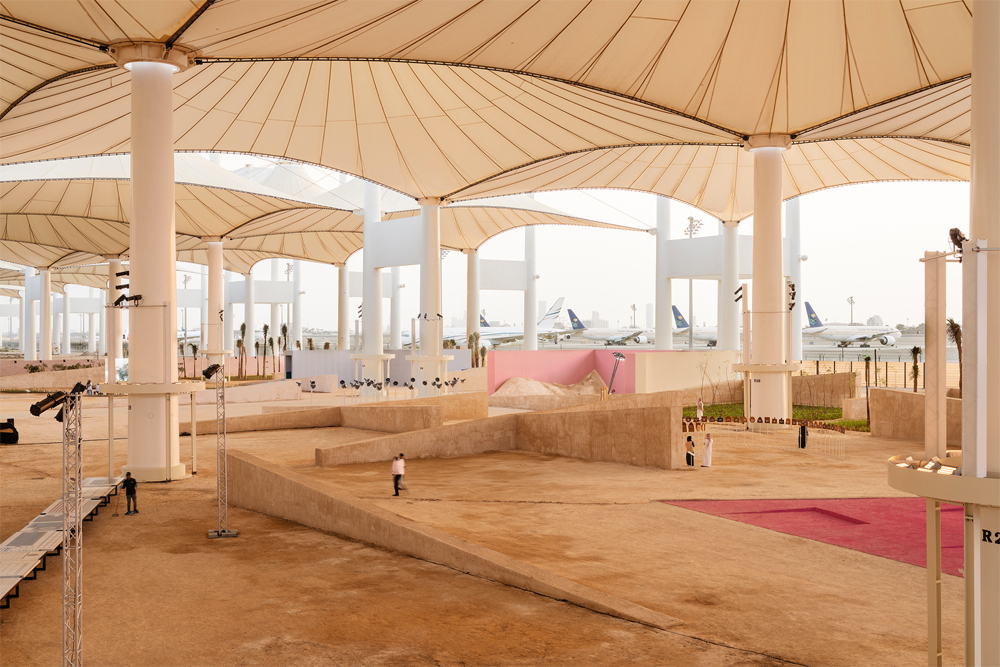
The Jeddah Islamic Arts Biennale, which has been in the works for some years, now gives tourists from all over the world and the Kingdom unexpected enlightening to Islamic art.
The Western Hajj Terminal, winner of the 1983 Aga Khan Award, opened its doors to visitors on January 23 and is hosting the event with the theme "Awwal Bait," or "The First House" up until April 23.
Saudi artists make up half of the participants at the event. Five galleries, two pavilions, one grand canopy, 280 antiquities, and more than 50 newly commissioned pieces of art from the Muslim world are all housed in the enormous space.
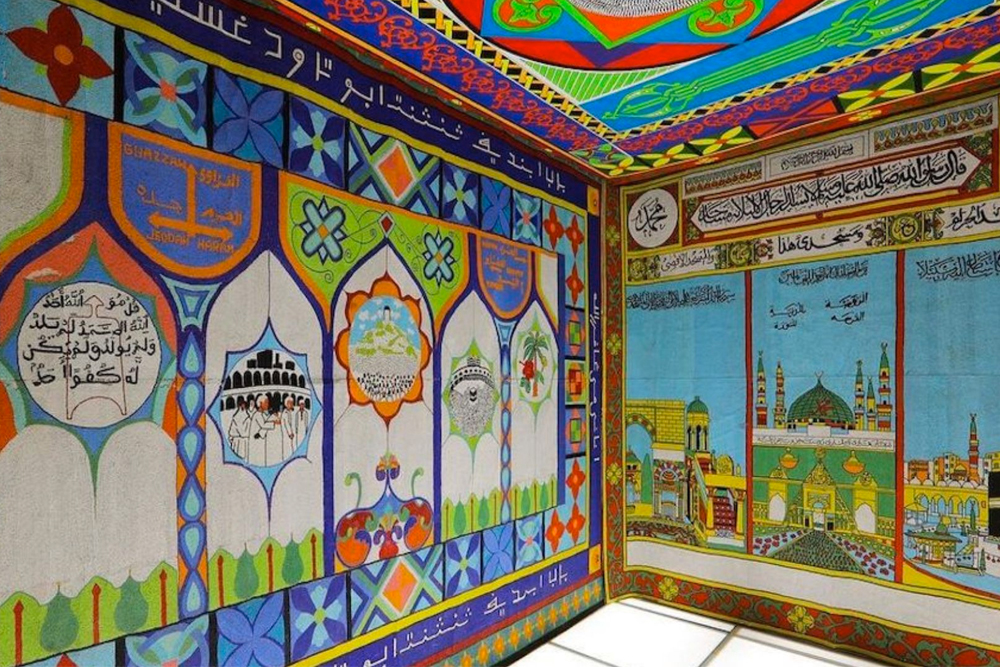
The Diriyah Biennale Foundation's vice chair and general supervisor of cultural affairs and international relations, Rakan Al-Touq, praised the event's inauguration as a success. Al-Touq emphasized the necessity of non-commercial endeavors in which all resources are gathered to promote ideas and civilizations in Islamic art. He described the space as a jigsaw puzzle created from scratch to combine never-before-seen precious relics with recently commissioned modern pieces.
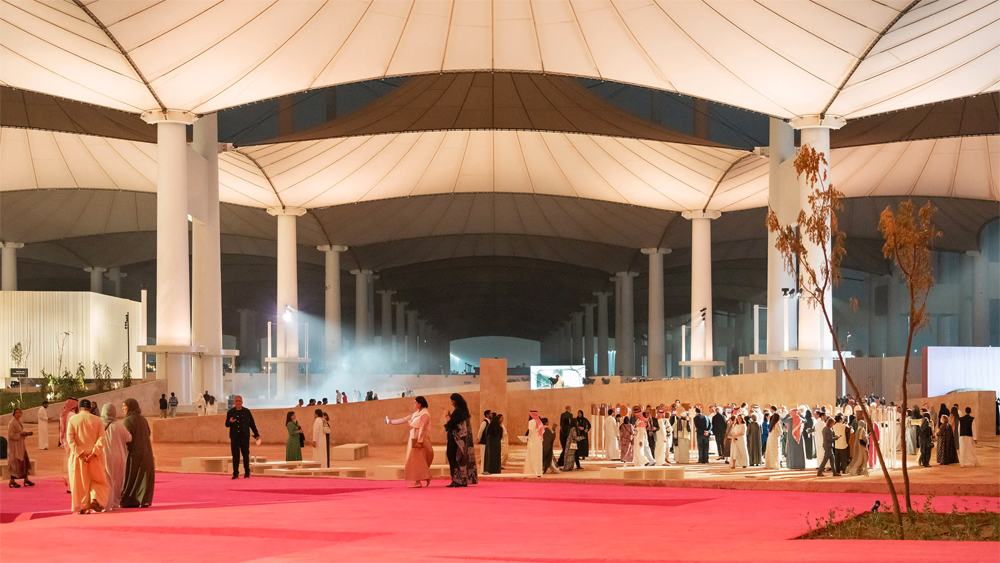
Al-Touq said that the success of the enormous undertaking has been made possible by the participation and assistance of the Saudi government, particularly Prince Badr Al-Saud, the minister of culture and governor of the Royal Commission for AlUla.
"We are eager for people to join the discussion and experience the sense of community that the faith can elicit through art," added Aya Al-Bakree, CEO of the Diriyah Biennale Foundation.
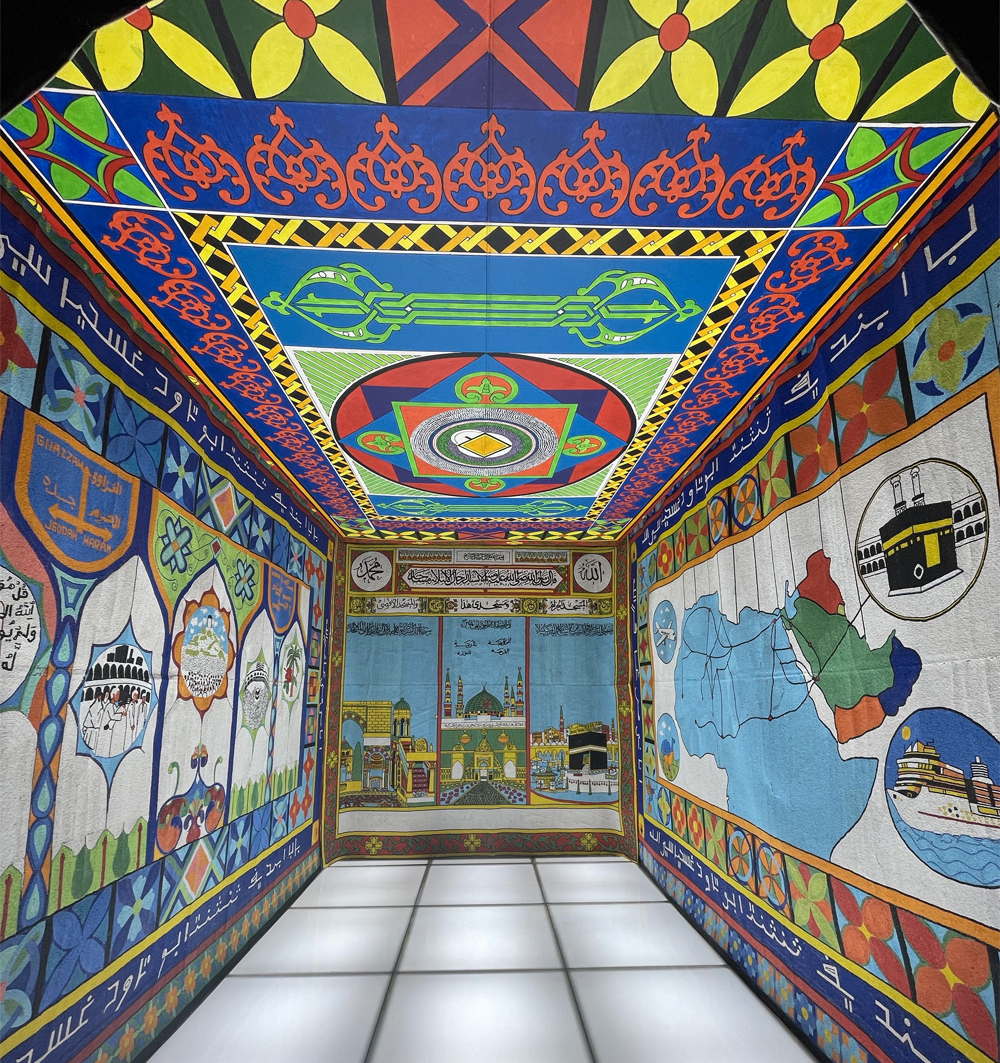
The range of curators at the Islamic Arts Biennale is an impressive accomplishment as it aims to redefine Islamic art as a field of study on a worldwide scale.
Saudi Arabia has long been removed from the core of the Islamic art world as a result of past limitations. But the Kingdom's Vision 2030 has aimed to change that, along with the introduction of tourist visas and academic excursions.
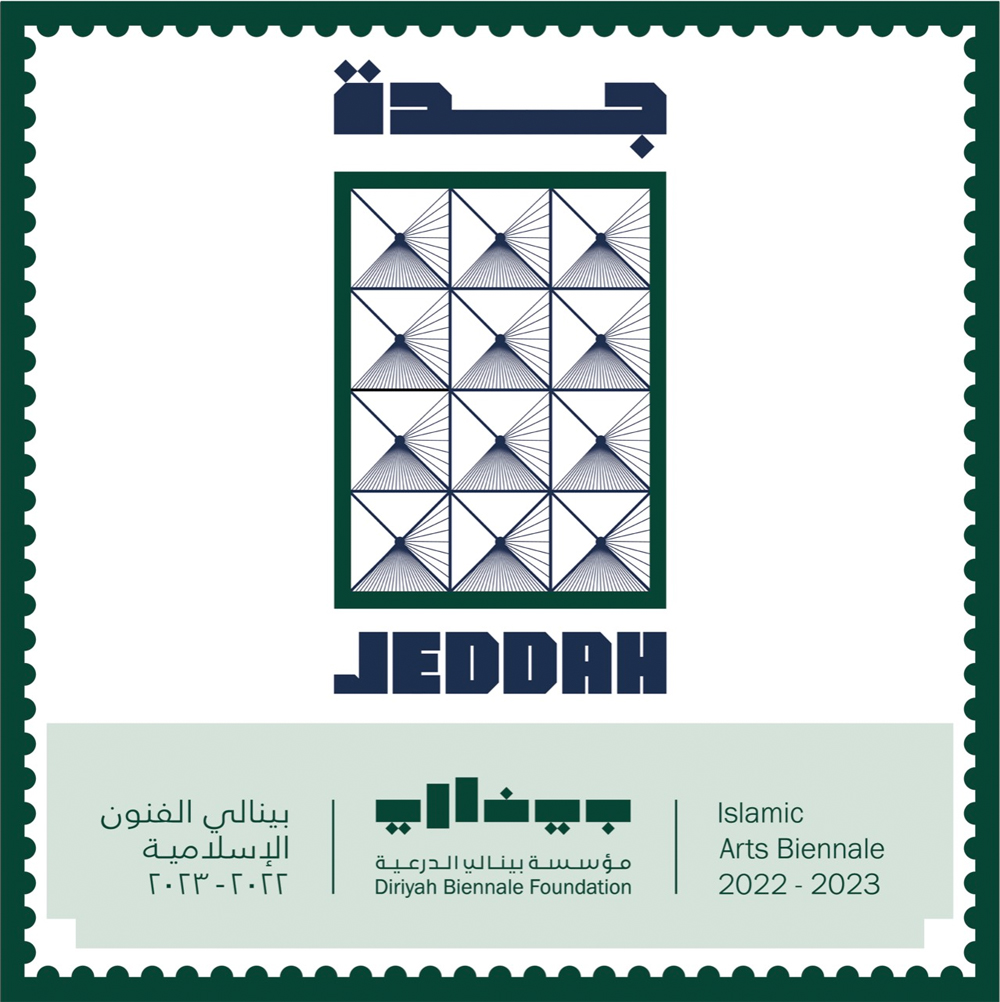
As written by Arab News, two US visiting professors, have been inspired by their enlightening experiences to alter the way they instruct when they return home. Despite the proverbial "a picture is worth a thousand words," the pair claimed that photos of Islamic art archives are frequently "sterile" and fall short of accurately capturing the sensation of seeing art in person. Additionally, the two academics are eager to cooperate and work with Saudi archaeologists.
All visitors to the biennale are admitted free of charge. It is also presenting more than 25 panel discussions and 117 educational sessions. The calendar of events for the general public, such as lectures and screenings, is updated in real-time. Both the official Diriyah Biennale website and social media platforms allow ticket purchases.


